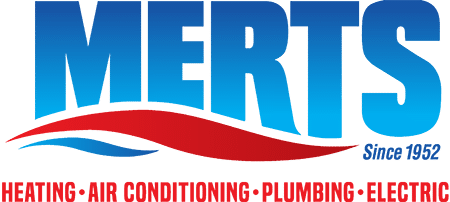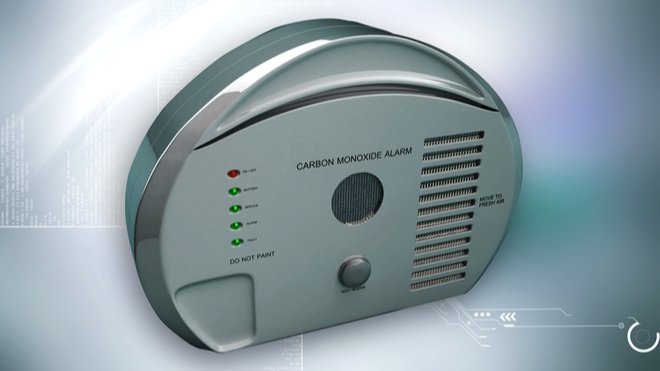Nothing is more important than the safety of you and your family. As we enter the heart of the heating season Merts Heating & Air Conditioning wants to talk with you about carbon monoxide (CO) safety in your Illinois or Northwestern Indiana home. The time is now, as November is #CarbonMonoxideAwarenessMonth. You can’t smell it, taste it, or see it which is why it’s called the invisible or silent killer. Each year CO poisoning kills more than 400 people nationally, but those are just numbers. Let’s check some of the headlines from our backyard:
- Carbon Monoxide From Stove Kills Broadview Man
- Five Hospitalized With Carbon Monoxide Poisoning
- Woman, 72, Dies of Suspected Carbon Monoxide Poisoning in Gary
Sources
People seem to focus only on furnaces when they talk about carbon monoxide safety. We want you to remember ANY fuel-burning device creates carbon monoxide including but not limited to:
- Water heaters
- Wood-burning fireplaces
- Wood stoves (including pellet stoves)
- Gas & oil boilers
- Gas & oil furnaces
Symptoms
So, what makes CO gas so deadly? When you breathe it in carbon monoxide displaces the oxygen in your blood. When the oxygen levels get too low the result is damage to muscles, organs, and the brain. It’s important to know the warning signs. According to people who have survived CO poisoning, the symptoms are a little bit like having the flu:
- Headache
- Dizziness
- Nausea
- Vomiting
- Physical weakness
- Chest pain
- Confusion
- Unconsciousness
Protecting yourself
Carbon monoxide safety starts with annual inspections by the professionals at Merts. We encourage you to take all commonsense precautions on a personal level, but it takes a pro to spot some of the most common sources of carbon monoxide:
- Cracked heat exchangers on furnaces
- Leaking seams
- Cracks in exhaust pipes
- Incomplete burning
Merts will also test the air for the presence of carbon monoxide when doing your heating system inspection.
Detectors
We urge everyone to install CO detectors in their Chicagoland or Indiana home. At least one should be installed on each floor of the house and near each bedroom. If you have an attached garage, there should be a detector near the door into the house. A vehicle left running in the garage can quickly flood the home with CO gas.
Monitors
Consider going one step further and purchase a carbon monoxide monitor. Detectors only sound an alarm when the CO levels are dangerously high. A monitor measures the level of CO gas constantly, so you are aware if the level increases. That’s important because research shows that exposure to carbon monoxide at non-lethal levels can still cause health problems.
Count on Merts Heating & Air Conditioning
Use #CarbonMonoxideAwarenessMonth to practice good carbon monoxide safety. Call us now to schedule an appointment or learn more about CO detectors and monitors in your Illinois or Indiana home. Be sure to like and follow us on Facebook and Twitter for more great information.

